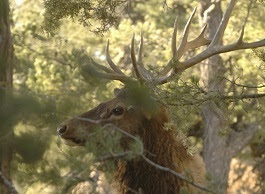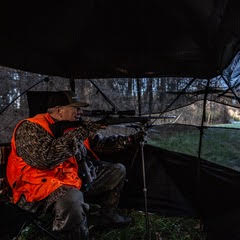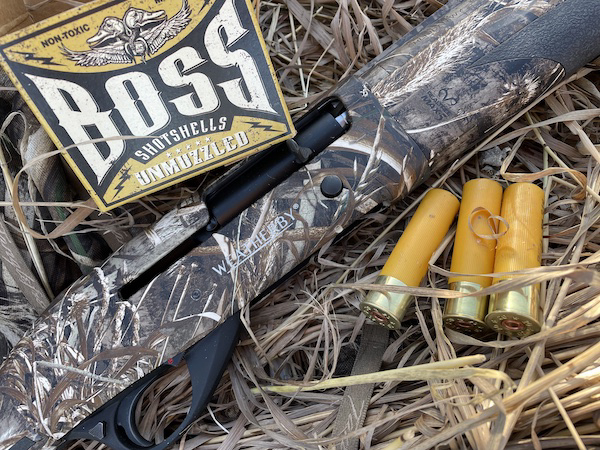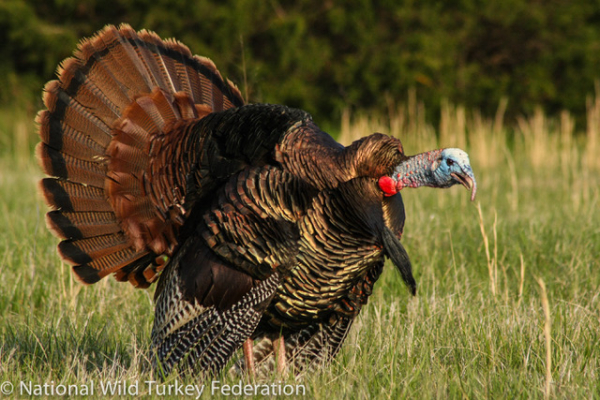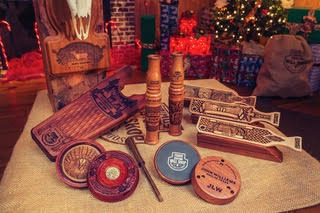Idaho: Nonresident Licenses and Tags for 2022 Go On Sale December 1
Nonresident hunting, fishing and combination licenses for 2022 will go on sale at midnight MST, December 1, 2021. Nonresident deer and elk tags will go on sale starting at 10 a.m. MST on December 1.
Licenses and tags can be bought online at GoOutdoorsIdaho.com, or by phone at 1-800-554-8685, at a license vendor location, or Fish and Game regional offices during normal business hours. The number of available tags for each deer hunting unit and elk zone is available at https://idfg.idaho.gov/tag/quotas-nonresident.
Hunters can buy hunting or combination licenses prior to the tags going on sale, however, this does not improve the chances for any tags, does not secure a tag, and no refund will be issued for the license if the hunter does not acquire the desired tag.
When tags are made available at 10 a.m. MST, hunters can add a hunting or combination license to their “shopping cart” to purchase a license and tag together.

